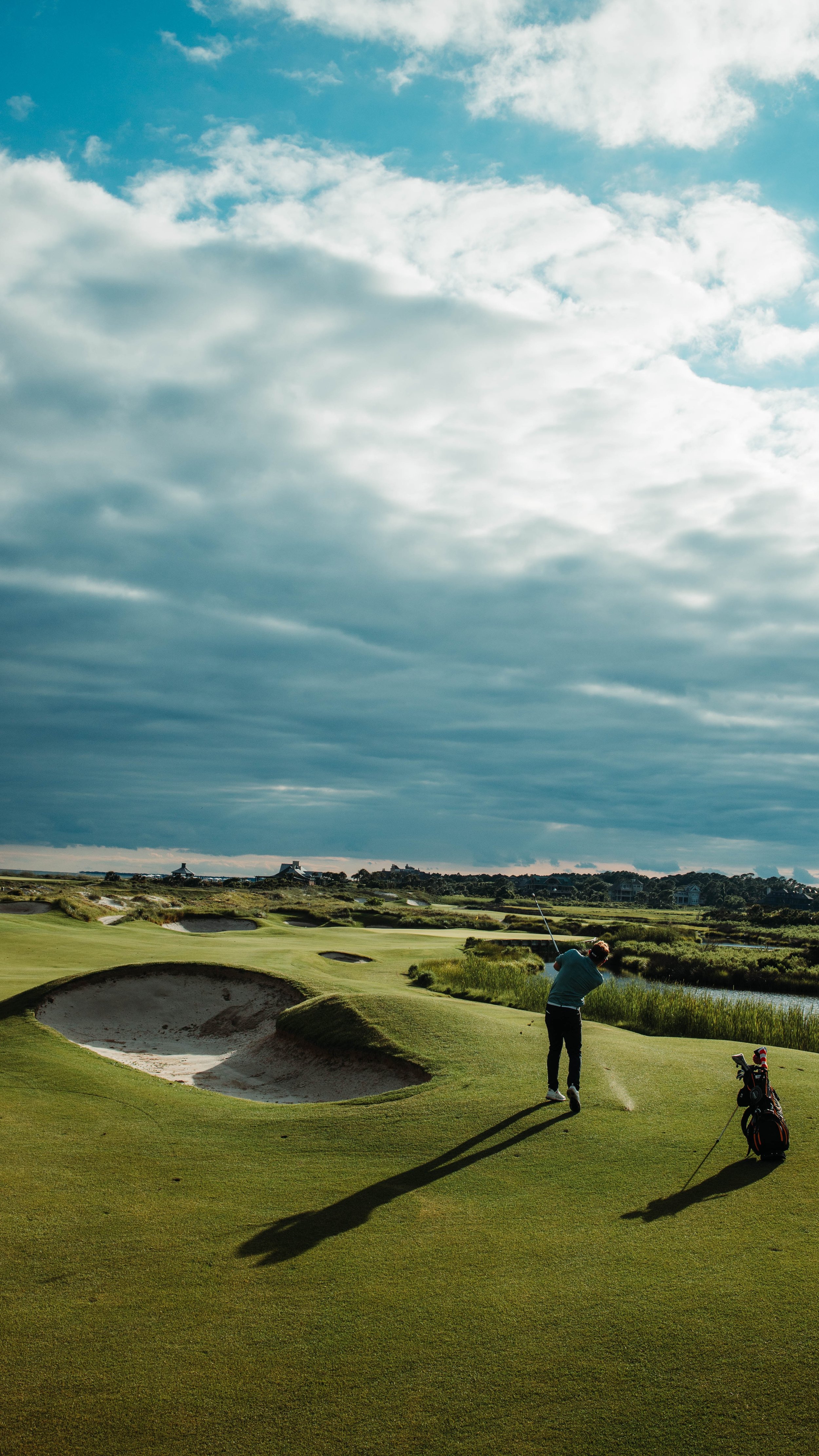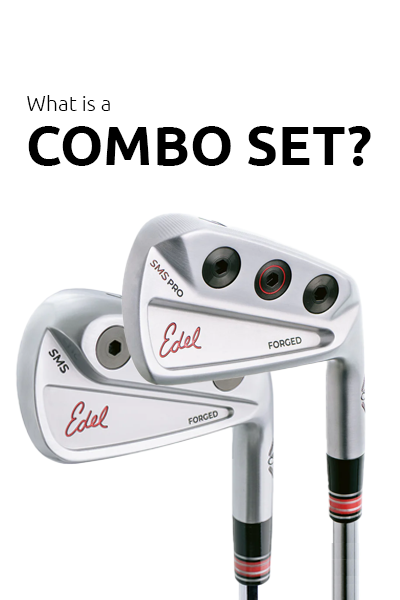
What actually causes a
‘Jumper’ with your irons?
Jumpers are one of the most frustrating things that can happen on the golf course. You line up your shot, pick the perfect club, take a great swing and end up punished with a shot that launches over the green. But what actually happened there? Lots of golfers are quick to blame their equipment but, is that really the place to throw the blame? Let’s find out with some help from our sponsor at Edel Golf and their new SMS and SMS Pro irons.
First off, there are two types of jumpers that we need to talk about. One is equipment based and one is conditions based. Both however, are caused by the same data characteristic: lower spin. Keeping all variables the same, any time you decrease spin (within reason) the further the golf ball is going to fly. More spin in the air is more resistance. Less spin in the air is less resistance. But what causes that jumper?
Conditions-based
Jumpers
Let’s start with the conditions based jumper. This is the jumper that’s caused by the lie of the golf ball, which is usually sitting in the rough or being hit off of a tee on a par 3. Let’s start with the ball sitting in the rough. Because contact on the ball is going to have a little bit of debris in between the club face and the ball, you’re going to lose the ability for the face to create spin. This is why regardless of the ball sitting up or sitting down in the rough, you’ll frequently have tour pros accounting for a couple extra yards of carry. They’re more worried about making good contact with the ball, and understanding the lower spin characteristics of that shot is part of their equation.
The ball on the tee of a par 3 is a little bit easier to understand because it’s a little bit more simple. By placing the ball on the tee, you’ll usually end up shallowing out your swing just a touch and hitting slightly more up on the ball. While hitting more up on the ball you’re also going to be hitting higher up on the face which is inherently going to lower spin, regardless of what club you are hitting.
The other jumper, which is often the one complained about, is the equipment-based jumper. This jumper, believe it or not, is actually the club attempting to help the golfer. Lots of golfers complain about this jumper because they believe that where they hit it on the club is inconsistent with their normal shot and causes this difference in performance.
It’s worth noting that this phenomenon is very much so over-exaggerated by players who are testing clubs they would never play. Mainly better golfers who are trying out game improvement style irons. These golfers are going to notice a “jumper” more often than the golfers who are actually supposed to play those clubs.
This over-exaggeration then carried over into the hollow-body segment of golf clubs once they started becoming more popular as a way for traditionalists to justify why they were sticking with their blades. The truth is that if you are playing equipment that is fit for your swing and designed to provide you with the assistance that you require, you’re very unlikely to find an equipment-based jumper that happens from one shot to the next.
Equipment-Based Jumpers
Hollow-body irons like the Edel Golf SMS have come such a long way in their development and engineering. The faces are more consistent in speed across the club head, spin is much more controlled on mis-hits, and the forgiveness brought to this segment of club has ushered in a new era of confidence in the player’s distance category.
Thanks to our sponsor Edel Golf for supplying us with the product used to demonstrate this topic. For more information on all Edel Golf products or to find an authorized fitting center near you visit edelgolf.com










